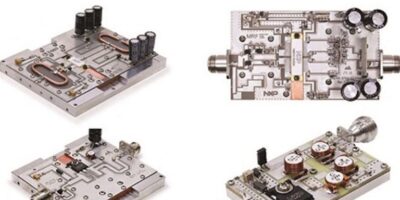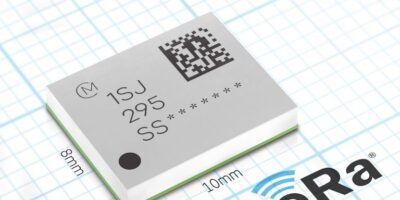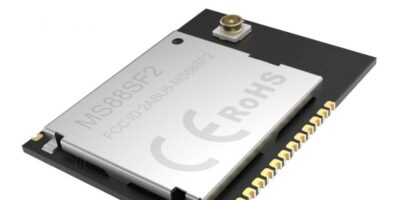Wireless Telecom company, CommAgility has collaborated with NXP Semiconductors to develop the Layerscape Access LA12XX programmable baseband processors for 5G New Radio (NR) processing. The collaboration enables CommAgility to accelerate 5G hardware and software development and enhance the performance of its 5G platform, reports the company. It will use its 5G platform to create private and specialised network solutions based on NXP programmable baseband processors.
CommAgility is already implementing its 5G NR PHY and protocol stack software on the NXP processors, initially supporting sub-6GHz bands and mmWave frequencies. The software and processors available enable CommAgility to design and deploy a complete, optimised 5G software and hardware portfolio for access points, small cells and specialised networks, to be available this year.
Edward Young, VP and general manager at CommAgility, said that basing its 5G portfolio on NXP’s new family of baseband processors will “enable us to create cost-effective, power-efficient solutions with high data throughput”. He continued: “Our 4G software and hardware has already been deployed in a wide range of LTE applications from commercial to specialised networks and we look forward to continued growth with our new 5G New Radio product line.”
CommAgility is part of the Wireless Telecom Group company. It develops embedded signal processing and RF modules and LTE PHY/stack software, for 4G and 5G mobile network and related applications. CommAgility designs the latest DSP, FPGA and RF technologies into compact products based on industry standard architectures. CommAgility’s LTE software for mobile devices and wireless infrastructure includes physical layer and protocol stack for small cells, physical layer and protocol stack for terminals, an advanced scheduler for small cells, and IP development in the areas of advanced PHY algorithms in multi-core SDR platforms.
Wireless Telecom Group consists of Boonton Electronics, CommAgility, Microlab and Noisecom. It designs and manufactures advanced RF and microwave components, modules, systems and instruments for the wireless, telecommunication, satellite, military, aerospace, semiconductor and medical industries. Wireless Telecom Group’s products include peak power meters, signal analysers, signal processing modules, LTE PHY and stack software, power splitters and combiners, GPS repeaters, public safety monitors, noise sources, and programmable noise generators. The company also supports the development, testing, and deployment of wireless technologies around the globe.







